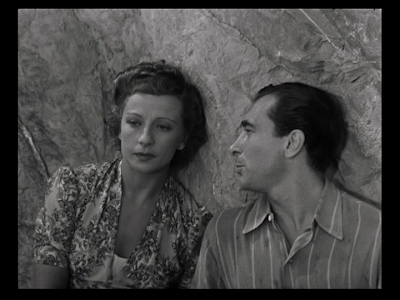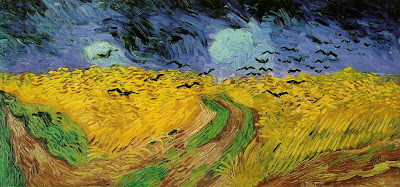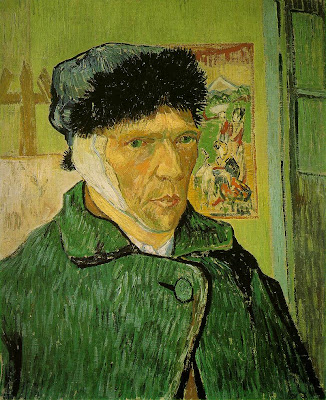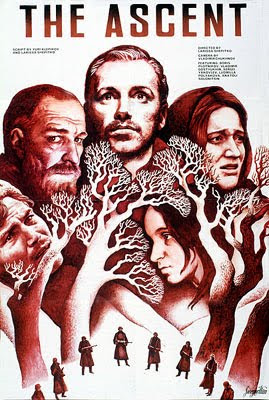 The Ascent
The AscentA film by Larisa Shepitko
Year:1977
Country: Russia
Russian with English subtitles
Runtime:111 mins
5th Sept 2010 ; 5.45pm
Perks Mini Theatre, Perks School
 Survival and sacrifice are at the forefront of Larisa Shepitko’s World War II drama “The Ascent” – only fitting since the film, at once simple, at the next complex, is ultimately an allegorical portrait of Christ and Judas in a world turned topsy-turvy by the senseless strife and slaughter during the German invasion and occupation of Belarus.
Survival and sacrifice are at the forefront of Larisa Shepitko’s World War II drama “The Ascent” – only fitting since the film, at once simple, at the next complex, is ultimately an allegorical portrait of Christ and Judas in a world turned topsy-turvy by the senseless strife and slaughter during the German invasion and occupation of Belarus. For the Ukrainian-born Shepitko, herself a student of Master Ukrainian filmmaker Olexander Dovzhenko, it is clear why this story resonated with her and why she applied such staggering Dovzhenkian compositions to the picture. Coming from Ukraine, a country and culture that had been under the yoke of occupation and suppression almost from its very beginnings.
For the Ukrainian-born Shepitko, herself a student of Master Ukrainian filmmaker Olexander Dovzhenko, it is clear why this story resonated with her and why she applied such staggering Dovzhenkian compositions to the picture. Coming from Ukraine, a country and culture that had been under the yoke of occupation and suppression almost from its very beginnings. The story is a simple one. It is also both tragic and compelling. Ultimately, however, it is the simple narrative backbone that allows Shepitko to inspire an audience’s engagement in the proceedings as well as opportunities for contemplation and reflection both during and after seeing the film.
The story is a simple one. It is also both tragic and compelling. Ultimately, however, it is the simple narrative backbone that allows Shepitko to inspire an audience’s engagement in the proceedings as well as opportunities for contemplation and reflection both during and after seeing the film. The Ascent follows the path of two peasant soldiers, cut off from their troop, who trudge through the snowy backwoods of Belarus seeking refuge among villagers. Their harrowing trek leads them on a journey of betrayal, heroism, and ultimate transcendence.
The Ascent follows the path of two peasant soldiers, cut off from their troop, who trudge through the snowy backwoods of Belarus seeking refuge among villagers. Their harrowing trek leads them on a journey of betrayal, heroism, and ultimate transcendence. Shepitko’s emotionally overwhelming final film won the Golden Bear at the 1977 Berlin Film Festival and has been hailed around the world as the finest Soviet film of its decade. Set during World War II's darkest days .
Shepitko’s emotionally overwhelming final film won the Golden Bear at the 1977 Berlin Film Festival and has been hailed around the world as the finest Soviet film of its decade. Set during World War II's darkest days .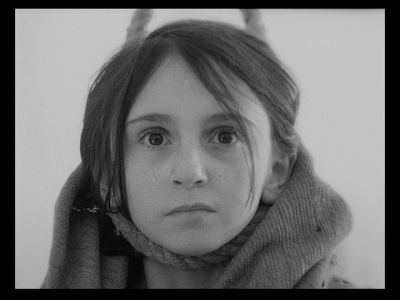
1938 - 1979
The career of Larisa Shepitko, an icon of sixties and seventies Soviet cinema, was tragically cut short when she was killed in a car crash at age forty, just as she was emerging on the international scene. The body of work she left behind, though small, is masterful, and her genius for visually evoking characters' interior worlds is never more striking than in her two greatest works: Wings, an intimate yet exhilarating portrait of a female fighter pilot turned provincial headmistress, and The Ascent, a gripping, tragic wartime parable of betrayal and martyrdom. A true artist who had deftly used the Soviet film industry to make statements both personal and universal, Shepitko remains one of the greatest unsung filmmakers of all time.
Shepitko was married to another dominant figure of Soviet cinema, Elim Klimov, and died shortly before the completion of the latter's film Farewell which she was supposed to direct.
Shepitko was married to another dominant figure of Soviet cinema, Elim Klimov, and died shortly before the completion of the latter's film Farewell which she was supposed to direct.








